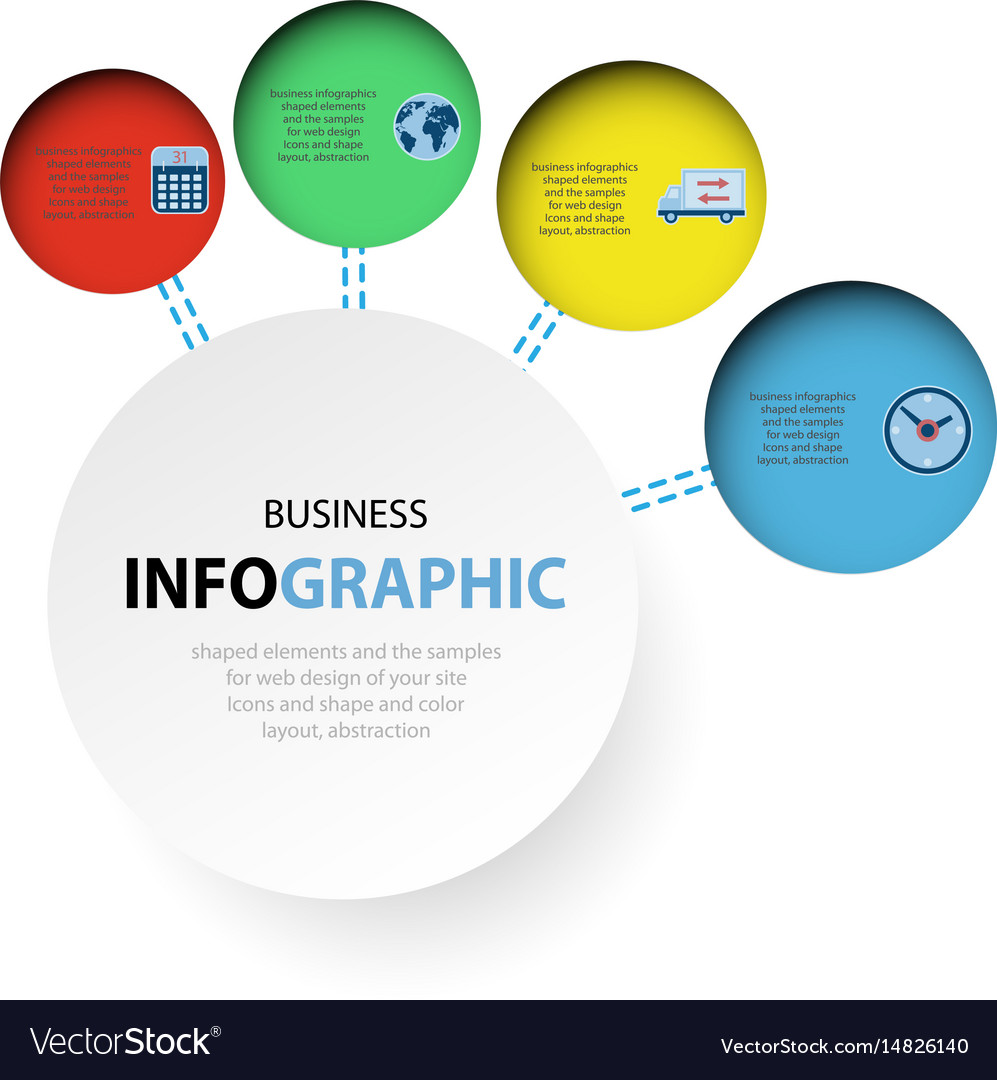Web Site Style Fundamentals: Tips For Structure A User-Friendly Site
Web Site Style Fundamentals: Tips For Structure A User-Friendly Site
Blog Article
Created By-Abildtrup Thrane
When it concerns site layout, guaranteeing user-friendliness is vital. From receptive design to structured navigation, every element plays a crucial function in developing a site that accommodates your target market's needs. Yet what concerning the better information that can make or damage an individual's searching experience? Stay tuned as we reveal some often-overlooked tips that can elevate your internet site's usability to the next degree, making it genuinely stick out in the electronic landscape.
Value of Responsive Style
Receptive design is a critical aspect of modern-day website advancement. Ensuring Read Even more is responsive means that it can adjust to various display sizes and devices, giving a seamless experience for customers.
With the boosting use smartphones and tablets to access the internet, having a responsive style is essential for reaching a bigger target market. It aids in improving customer experience by making your website very easy to browse and keep reading any kind of gadget.
Additionally, receptive design can favorably impact your online search engine rankings, as search engines like Google focus on mobile-friendly internet sites. By having a responsive style, you're likewise future-proofing your site, as new gadgets with varying screen sizes continue to emerge.
Simplify Navigation Structure
To boost individual experience and promote simple accessibility to information on your site, simplifying the navigating structure is critical. When making your website, concentrate on producing a clear and intuitive navigation menu that assists site visitors discover what they're looking for swiftly.
Limit the variety of menu things to the essentials, grouping associated pages together to avoid frustrating individuals. Use descriptive labels that clearly indicate the content of each page, making it easier for customers to comprehend where each link will take them.
Consider executing dropdown menus for subcategories to stop jumbling the major navigating bar. In addition, consist of a search bar prominently on the web page for individuals that like looking for particular details.
Focus on mobile responsiveness in your navigating design to make certain easy accessibility on all devices.
Maximize Page Tons Rate
Improving web page load speed is crucial for maintaining site visitors on your web site. Slow-loading web pages irritate individuals and can result in high bounce rates. To optimize page lots rate, begin by maximizing images. Press pictures without jeopardizing quality to reduce their data sizes.
Furthermore, enable web browser caching to save often accessed sources locally, speeding up load times for returning visitors. Minify CSS, JavaScript, and HTML data by eliminating unneeded characters, comments, and format, improving lots rate.
Think about making use of a material distribution network (CDN) to distribute your internet site's material throughout several web servers worldwide, reducing latency for users accessing your website from different places. Last but not least, restrict the use of third-party manuscripts and plugins, as they can dramatically impact tons times.
Verdict
To conclude, by incorporating receptive layout, simplifying navigating, and optimizing web page load rate, you can develop an easy to use web site that appeals to a bigger target market and improves user experience. click this link here now make sure that visitors can easily accessibility and navigate your website throughout various gadgets, leading to increased engagement and contentment. By concentrating on these key elements, you can build an effective web site that maintains customers returning for even more.
